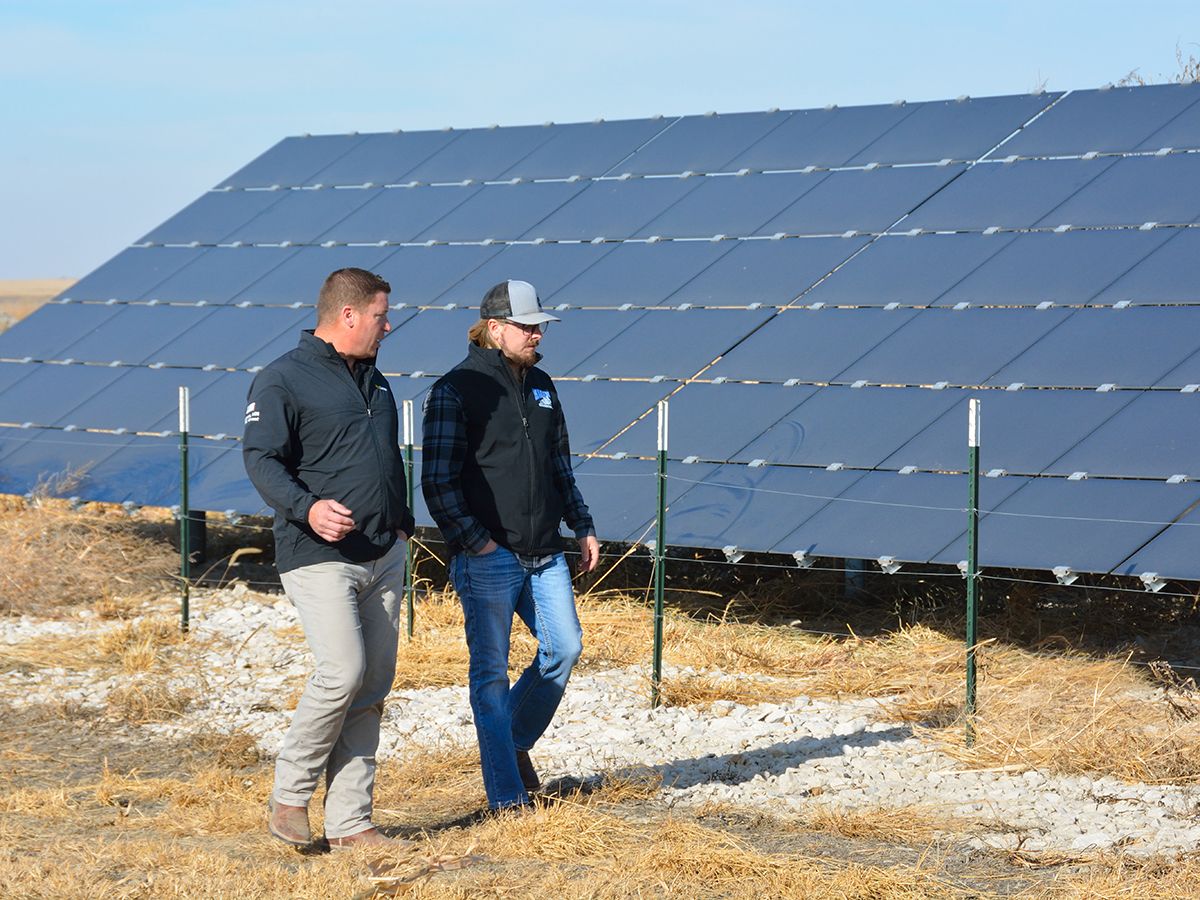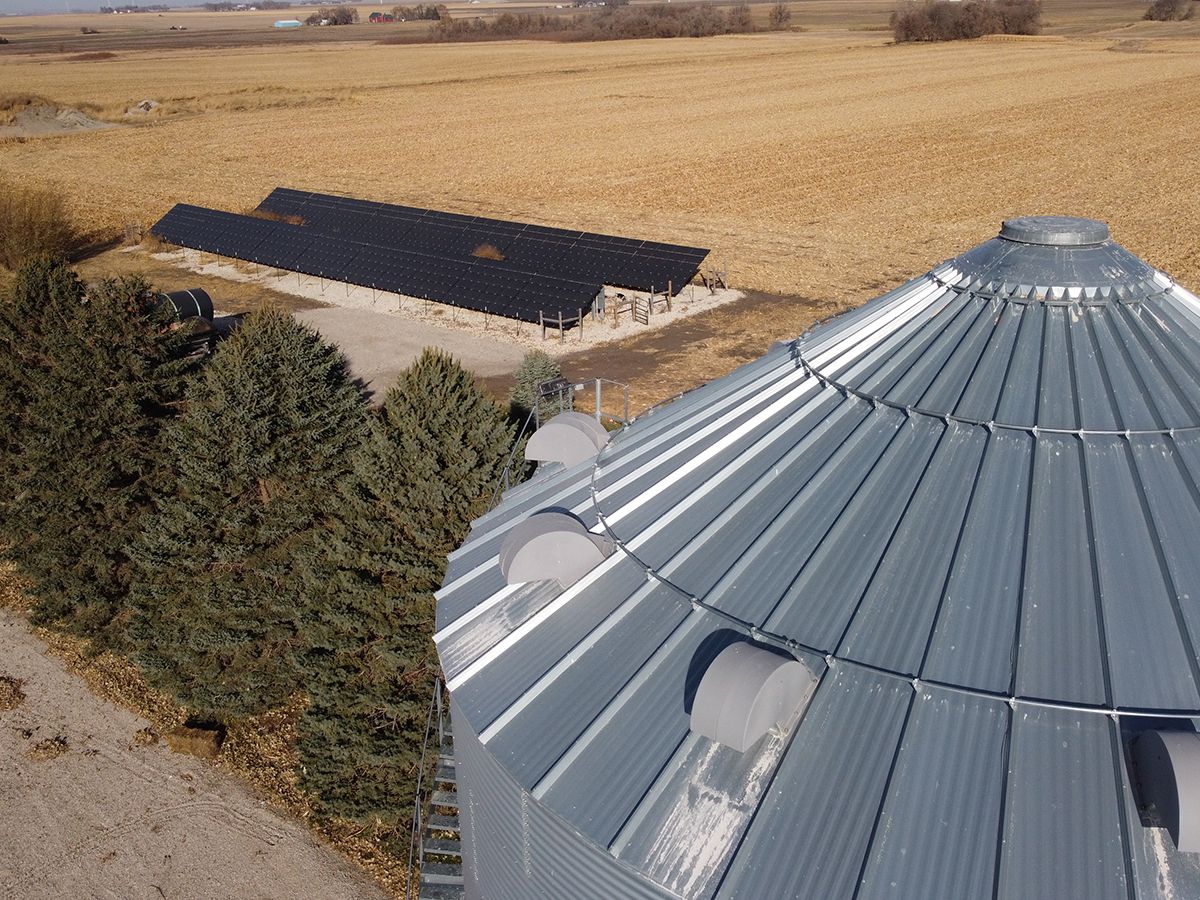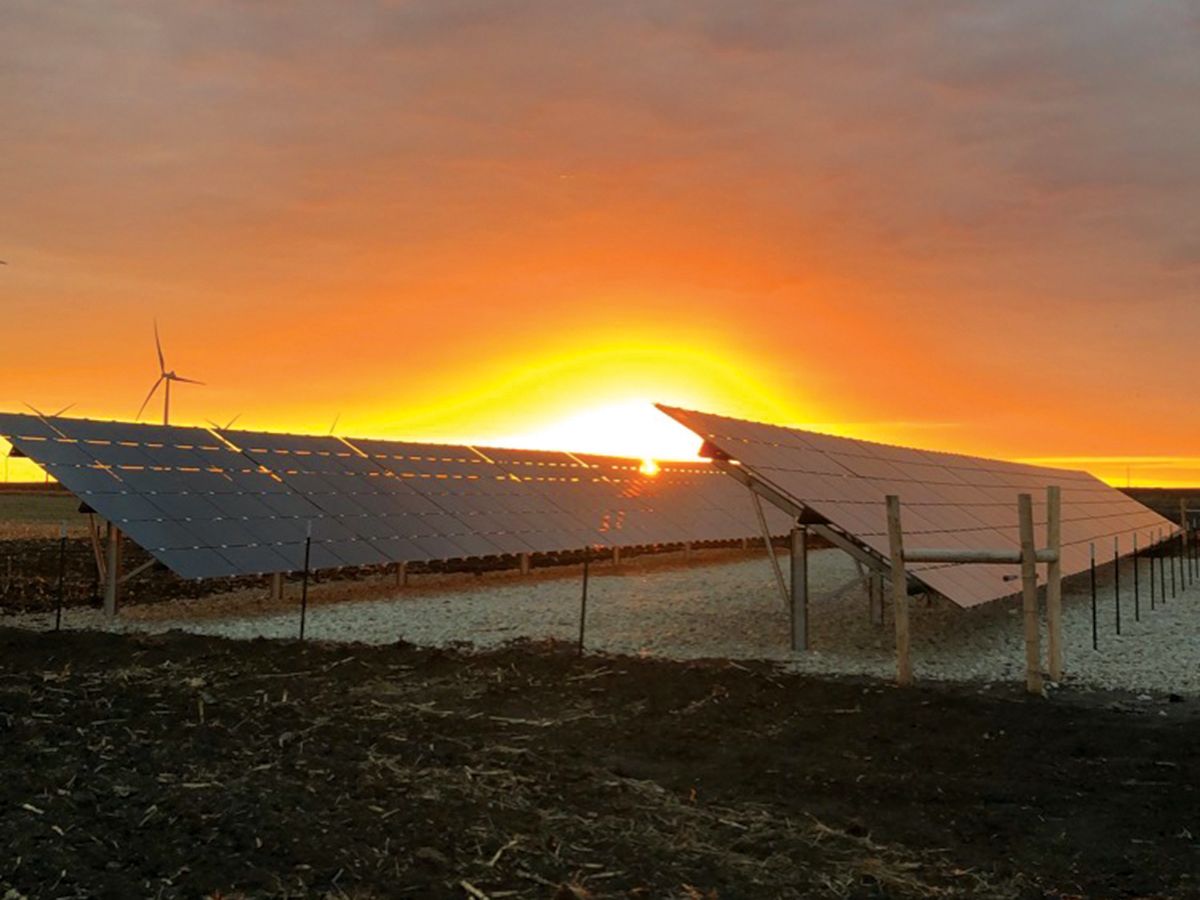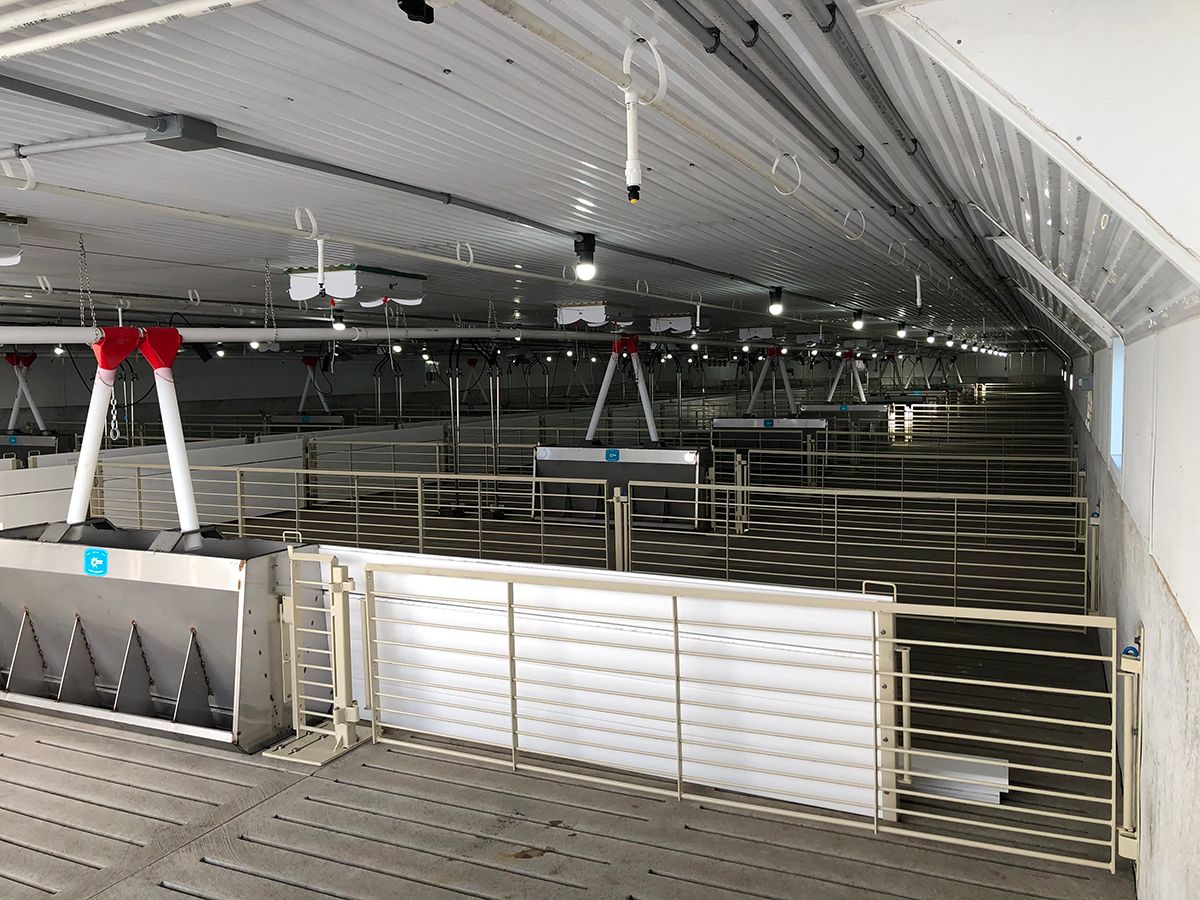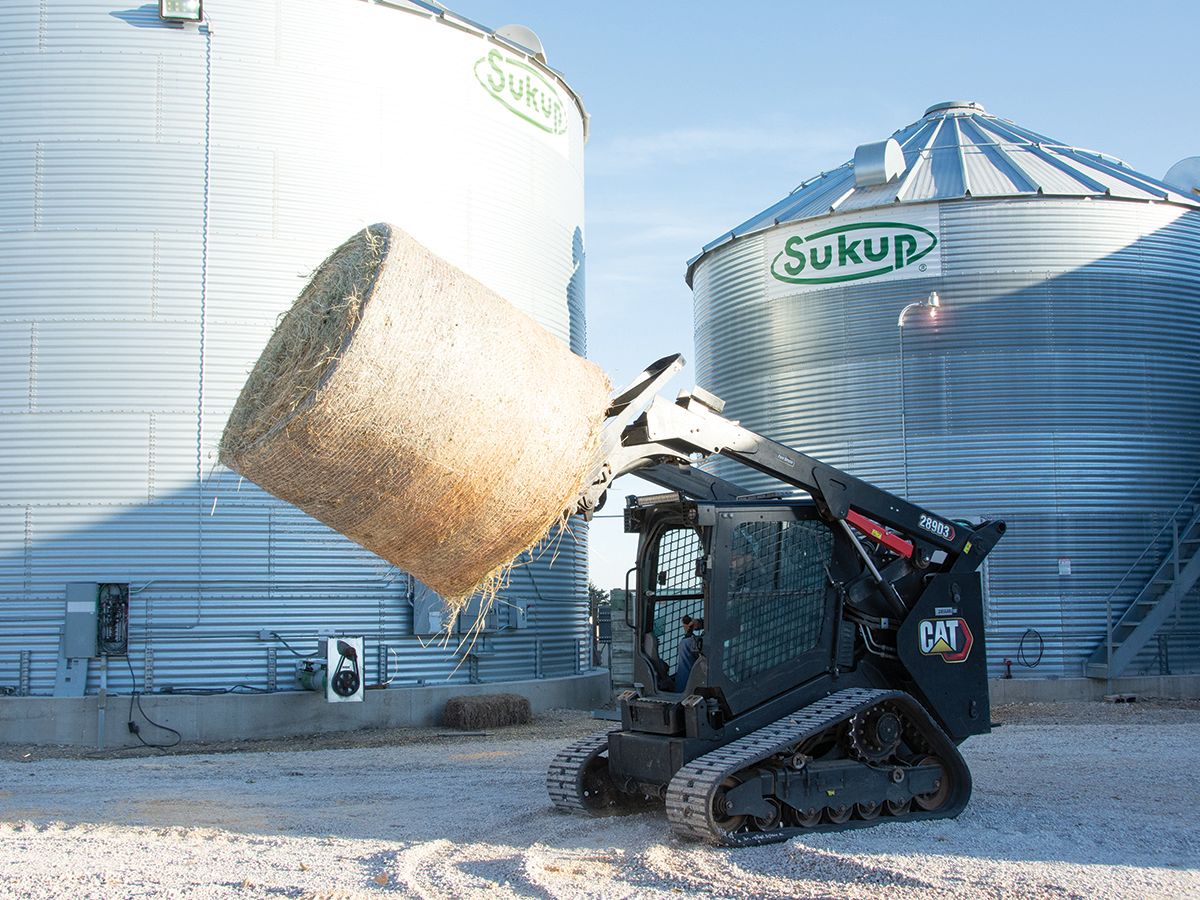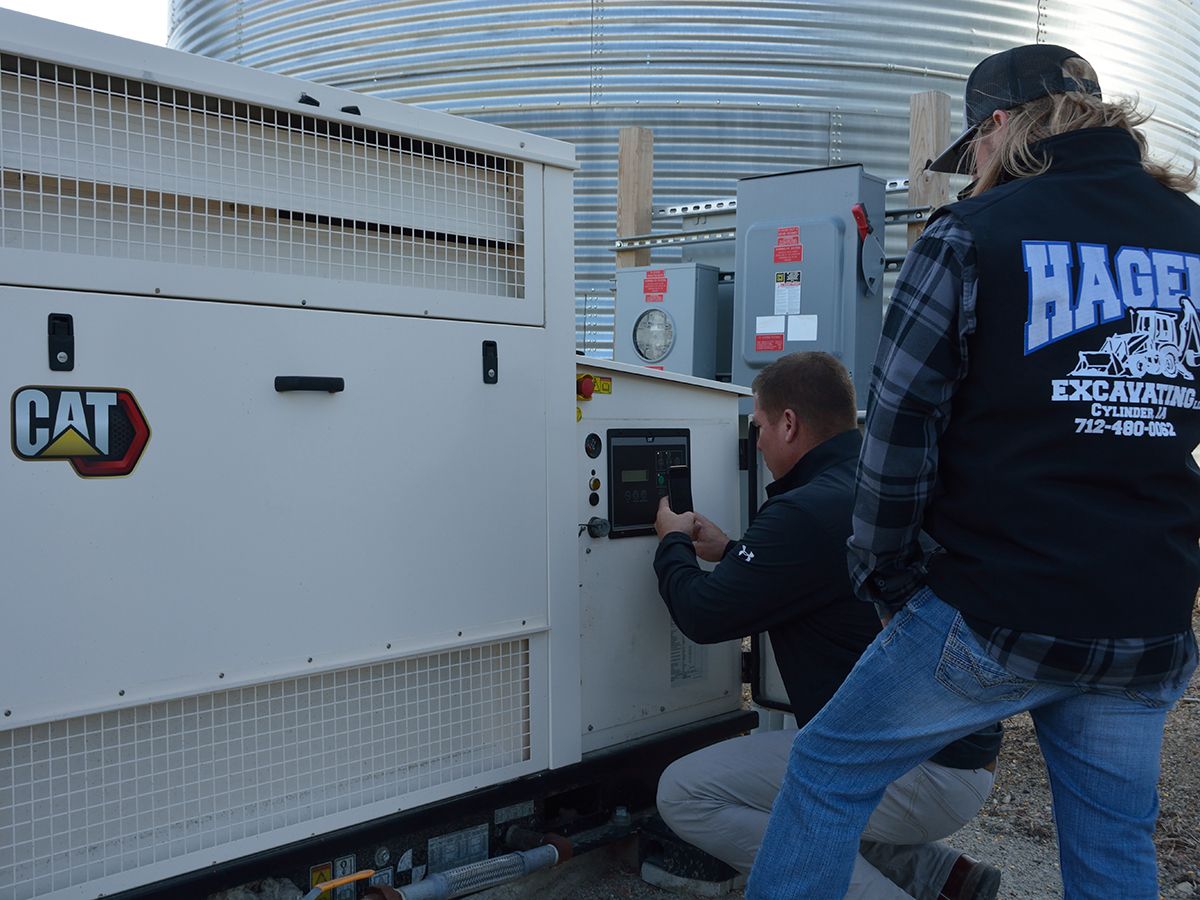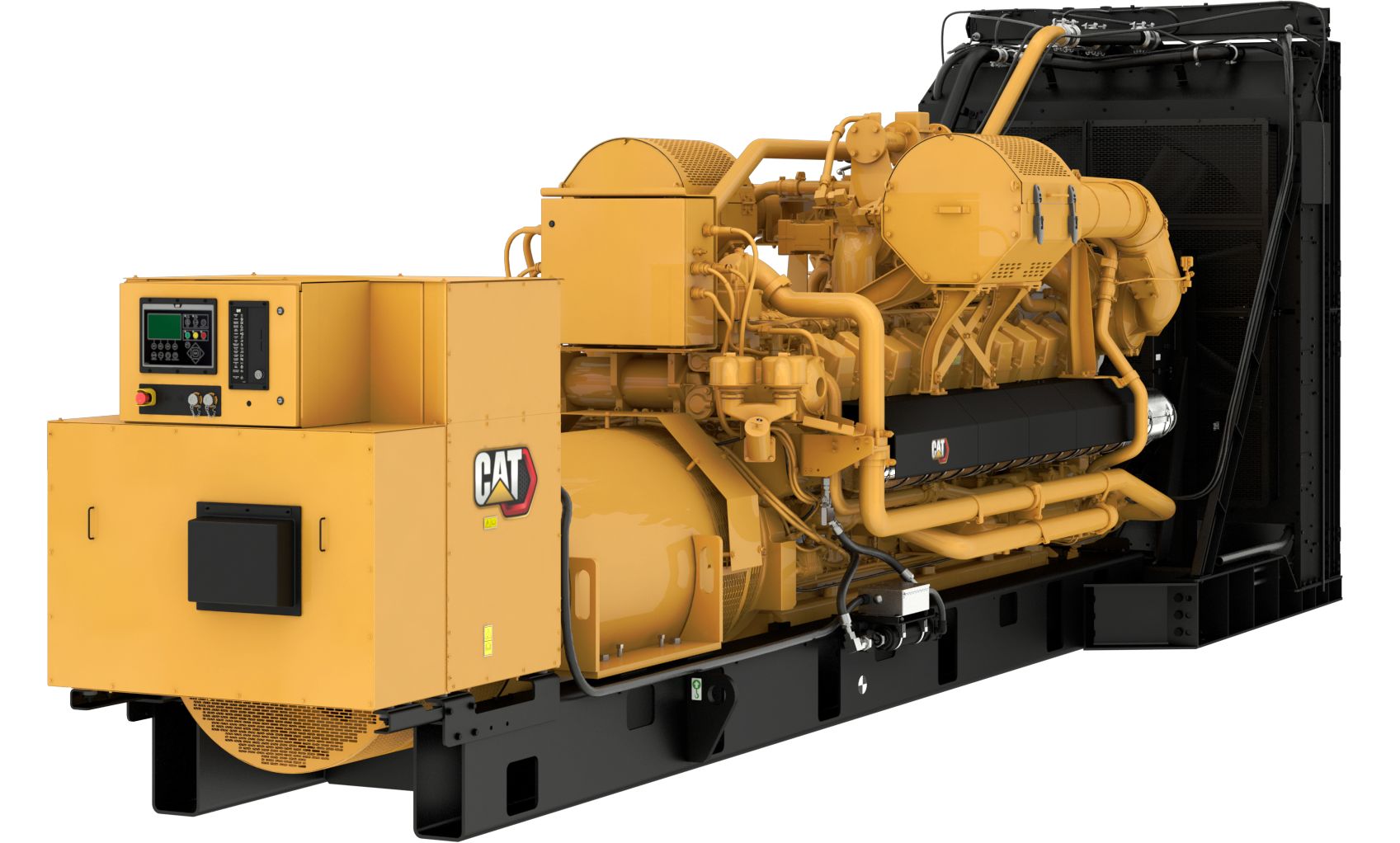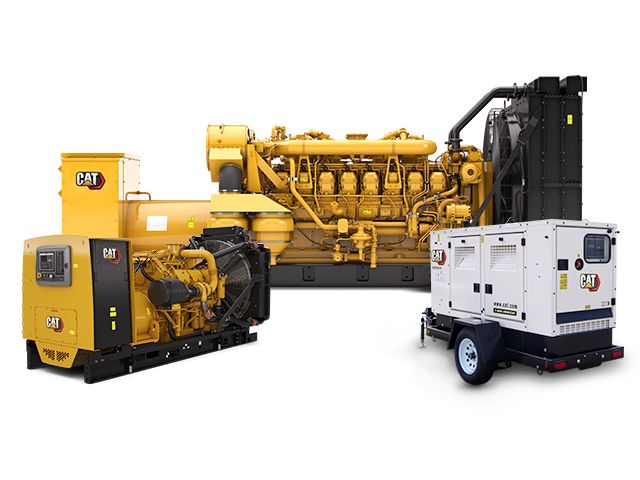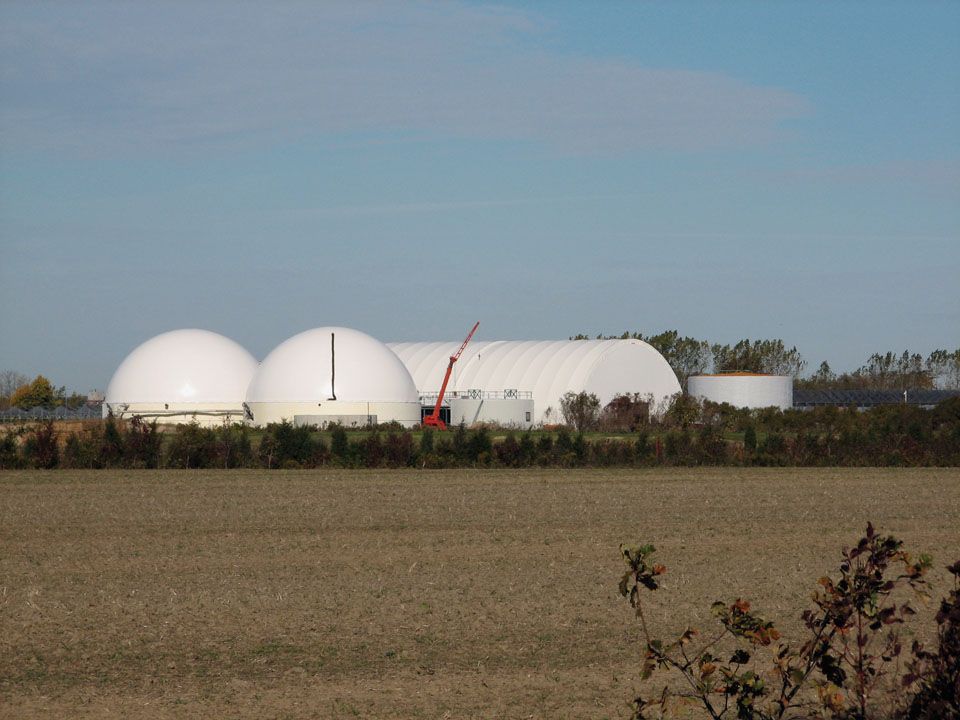POWER NEED
From an early age, Kory Hagen was always by his dad’s side helping out on the family farm in Cylinder, Iowa.
“Even if he started at 2 a.m., I was always there beside him,” Hagen recalls. “I’d bounce around in the tractor with him all day long, because I loved it—farming was in my blood. My dad taught me everything. He gave me a lot of responsibility when I was very young.”
When Hagen graduated early from high school in 2011, he started his own excavating business. Two years later, Hagen had succession of the family business abruptly thrust upon him in his early 20s when his father suffered a stroke on the 4th of July. The elder Hagen had to relinquish primary management of the farm to his son, who was ready to take on the responsibilities of running a 1,000-acre farm.
Before his dad suffered the debilitating stroke, Hagen could always fall back on him for guidance. But now he was totally on his own. Even in the midst of running successful excavating and trucking businesses, Hagen hit the ground running and found ways to modernize the operation his father had successfully run for years. He decided to focus on no-till farming, a practice that ultimately benefits the environment.
After a few growing pains, Hagen learned to run his father’s farm more efficiently and sustainably with a five-man team.
“It was hard going from farming with my dad to being 100 percent on my own,” Hagen says. “If anything failed, it was nobody’s fault but mine, which was the biggest challenge. But I’ll always farm, no matter what. Once it’s in your blood, it’s there for life.”
Today, Hagen balances the responsibilities of operating the farm along with running the excavating, hauling, and ag services businesses. As a key supplier of both ag and construction equipment, Chris Thiel of Ziegler Cat first made contact with Hagen in 2014 when he called him about a tractor.
In the early days, Hagen bought farm equipment from Ziegler and rented Cat® machines for bigger projects. Hagen’s relationship with Ziegler has grown from initially needing a tractor to contacting Thiel whenever he needs new equipment or a technical solution.
While Hagen has come to depend on Ziegler to supply and maintain his farm equipment, operating a 1,000-acre farmstead also requires a substantial amount of energy. In summer 2021, the energy demand at Hagen Farms increased significantly with the addition of a new 2,400-head hog barn.
SOLUTION
Based on a similar installation that supports another hog farm 45 miles away, Thiel suggested adding a solar array to Hagen as a way to defray energy costs. It was designed, engineered, and installed by Ziegler Power Systems, which provides renewable energy resources to help its customers with their power system and power generation needs.
“I had no idea Ziegler offered solar energy, and it’s just another value-added service they can provide for a farmstead like this,” Hagen says.
A Cat microgrid power system helps better manage the energy costs of agriculture operations through a customized solution that integrates renewable power. By generating power through an optimized combination of photovoltaic solar modules, energy storage, and advanced monitoring and control systems, smart microgrids from Caterpillar generate power efficiently wherever and whenever it’s needed without transmission lines and transformer losses.
Ziegler Power Systems offers a variety of renewable energy and microgrid solutions, including photovoltaic (PV) solar panels, energy storage, and microgrid controllers.
“We’re in battery storage and solar, and we’re there to help our customers from the conceptual idea all the way through the energization of the project,” says Kristen Shea, a renewable energy sales engineer for Ziegler.
“There’s a misconception that solar is only for large businesses and big power users,” Shea says. “But even for farms like Hagen’s, where energy bills reach about $1,200 per month, the savings can really add up and make sense.”
“The cost of power increases every year no matter where you’re getting it from,” Hagen says. “Based on the amount of power the hog building pulls with all the fans constantly running inside, I decided it was time to generate my own power to support it.
“It was kind of a no-brainer once you put pencil to paper,” he adds. “There’s no sense in paying somebody for the next 60 years when you can generate the power yourself. The money in my pocket is better than ending up in somebody else’s.”
Once Thiel mentioned the solar option, the process moved quickly.
“We had a meeting in Kory’s shop and discussed some preliminary data and what it might look like,” Thiel said. “We have a team of specialists. I’ll gather some information and give it to them. Then we’ll have a joint meeting after that with the customer to determine if it makes sense financially. And if it does, we involve subcontractors who assist with the installation.
“When we met with Kory, we talked about the 25-year warranty from Caterpillar for the solar panels,” Thiel said. “Within nine months, we had something in the ground.”
Hagen’s solar array consists of 420 photovoltaic solar modules rated at 117.5 watts per panel.
RESULTS
While solar panels might not make sense for every farm—it depends on a variety of factors—in Hagen’s case it did. Over the life of the system, solar power is projected to provide a $375,000 cost savings.
“Kory has a high load demand at the hog building that he can utilize and offset a lot of his energy costs throughout the year,” Thiel says. “There are also some great tax benefits and accelerated depreciation opportunities that work to his advantage.”
Solar power is becoming increasingly accessible and affordable, especially in Iowa where tax credits and incentives are encouraging more companies to choose renewable energy sources and reduce emissions.
“A lot of farms are opting for solar energy,” Thiel says. “It’s easy on the eyes for when you’re driving by—it doesn’t clutter the farmstead. And it’s very low maintenance. The solar array just sits there and does its job. It’s a great way to offset some of the high energy costs that larger farms typically have.”
Net metering allows the site’s electric meter to run backwards during the day while solar energy is being produced and then run normally at night or during times of unfavorable weather conditions as the farm gets its power from the local grid.
Hagen Farms also utilizes a Cat DG50 gas standby generator that runs on propane and supplies backup power to grain bins to keep fans operating so the grain stays dry to prevent spoilage. The standby generator also supplies power to Hagen’s machine shed.
“That’s huge peace of mind when there’s a thunderstorm, a snow or ice storm, and we have animals here that we have to take care of,” Hagen says.
More than a year after the installation of his solar array, Hagen knows he made the right decision.
“It helps the cash flow in a big way on an expensive barn like mine,” he says. “Electricity is a cost that I will have every year with that hog barn, no matter what. So, if there’s a way to get that electricity cheaper and keep the cost down, that’s just more money in my pocket.
“Once the cost of the solar panels is paid off, it’s pretty much free electricity from that point on.”
Whether it’s servicing his farm equipment, his Cat construction machines, or his standby generator set, Hagen knows he can count on the unfailing support of his Cat dealer.
“Where Ziegler and Caterpillar shine is the parts and service support that’s behind everything they sell,” he says. “As a customer, it’s just an excellent experience to know that any day of the week, any time of the year, if you have an issue, you’ll receive the answer right away. And if someone doesn’t know the answer, they find the answer for you. They don’t just push you off to somebody else.
“Based on my experience with Ziegler, it feels pretty much like a big family.”
Download the Power Profile



